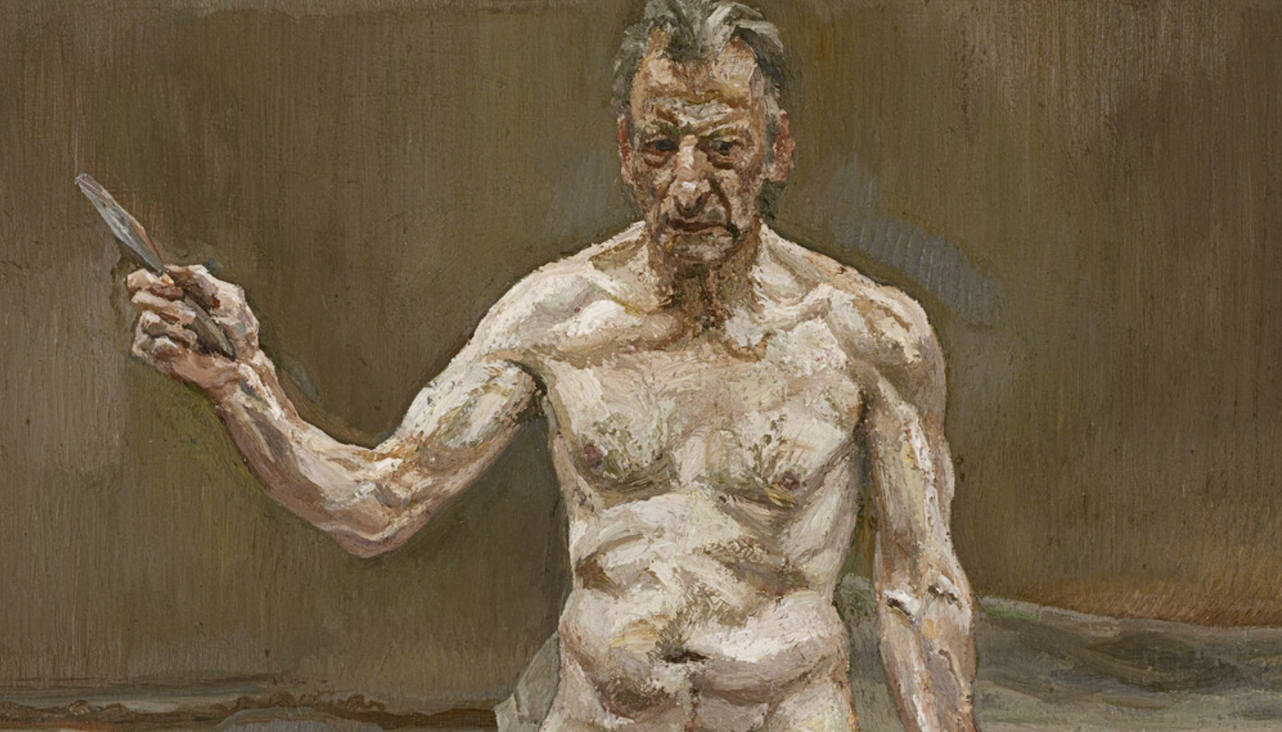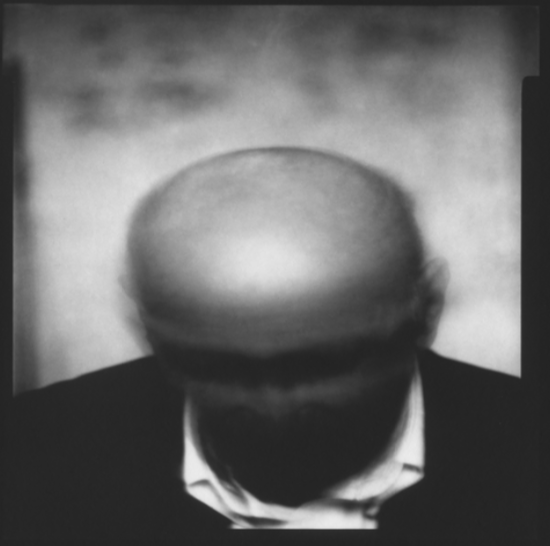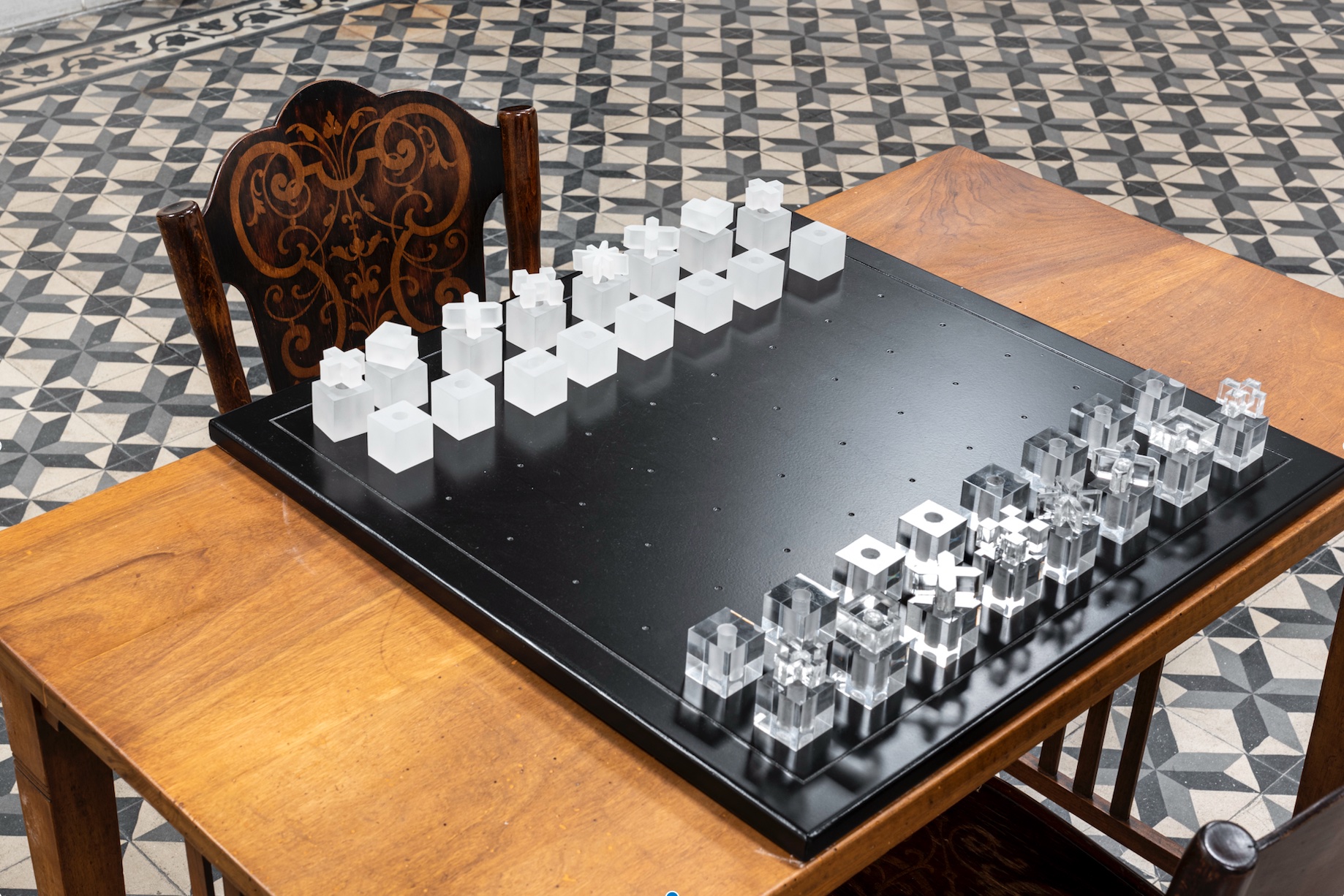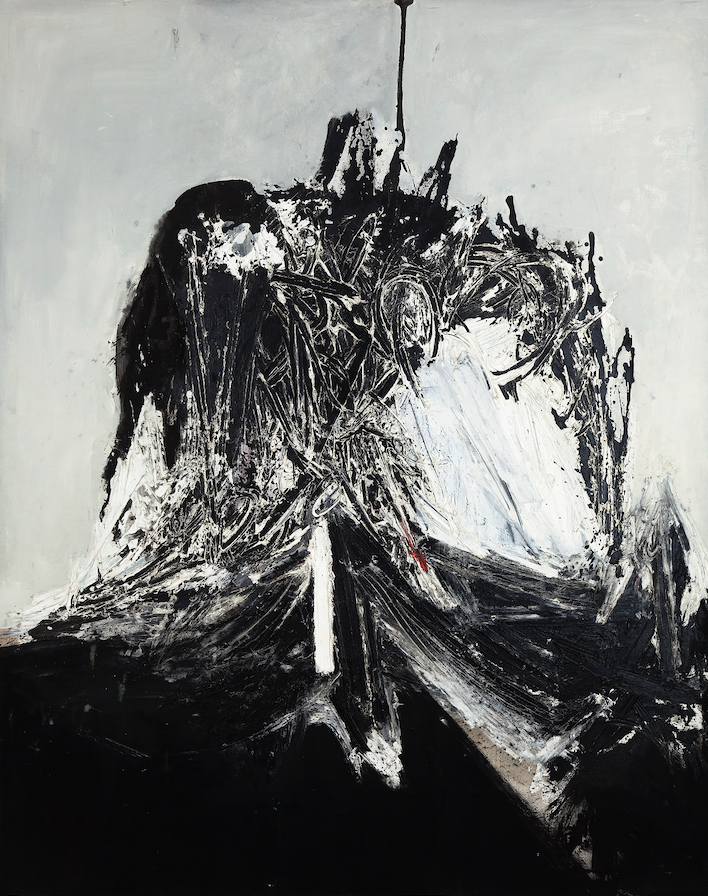Opinion
Maillol: the search for harmony
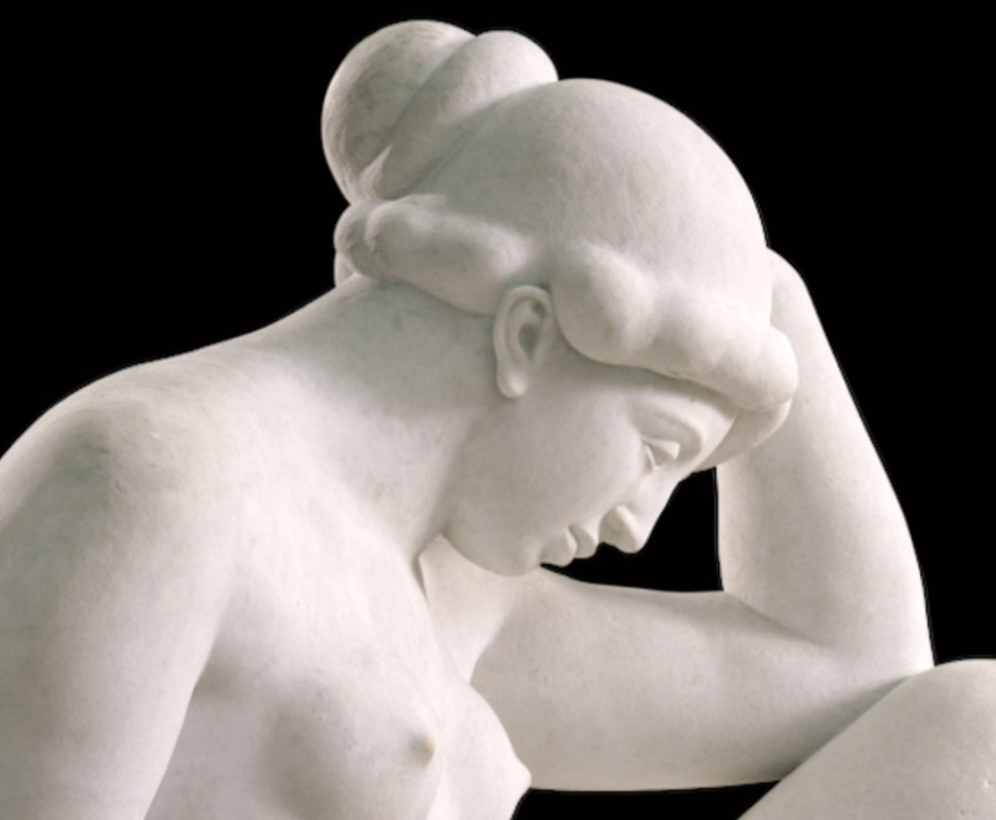
The Musée d'Orsay in Paris dedicated, until August 21, an immense retrospective to the Banyuls de la Marenda sculptor Aristides Maillol (1861-1944). It will then go to the Kunsthaus in Zurich, until January 22, 2023, and to the Roubaix Museum until May. It is a great celebration of the sculptor of serenity, order, measure and Mediterraneanness.
Inspirer of Noucentisme in sculpture and vindicator of female nudity inspired by antiquity, Maillol is best known for the representations of naked women, true Mediterranean goddesses, who resoundingly show off their anatomical fullness. In Europe, the work of the Roussillon master has not had the recognition of that of Rodin or Bourdelle, for example, and this despite the numerous sculptures that shine in the middle of Paris, in the Tuileries Gardens, in front of the Louvre, the existence in Paris of a Maillol Museum, since 1995, and that the mas de Maillol, his workshop house in Banyuls, has also been open to the public since 1994.
Now, the crossed views of this great retrospective make it possible to place Maillol in his rightful place in the great history of art. Engraver, ceramist, draftsman, painter, embroiderer and above all sculptor, Maillol was a complete artist. For the noucentists, Maillol represented the plastic realization of an ideal that gave a positive value to artistic trends that some could consider outdated or anti-modern. With Maillol, the return to the Mediterranean and the values of great Greek sculpture took on a universal projection.
The Paris exhibition is not limited to vindicating the sculptor or reconstructing his chronology. It clearly analyzes his work, his artistic affinities with the Nazis, his relationship with Rodin and the importance of his female models. But there is no avoiding the more delicate question that he did so much harm to the sculptor's posterity, his Germanic sympathies and his relations with his patron, Count Harry Kessler, already during the first world war, or with the sculptor Arno Breker during the second; friendships that allowed him to get his model Dina Vierny out of prison when she was accused of facilitating the crossing of the border for resistance fighters. The death of Maillol, on September 27, 1944 when he was returning from Vernet by car, left him defenseless against the accusations of collaboration that were circulating in Banyuls. On the other hand, in Paris and abroad, his sculptural fame was well present. The exhibition also analyzes the creative process of some works such as La Mediterrània or the Monument to Cézanne , and places the sculptor among the greats of the first half of the 20th century, his predecessors and his contemporaries.





